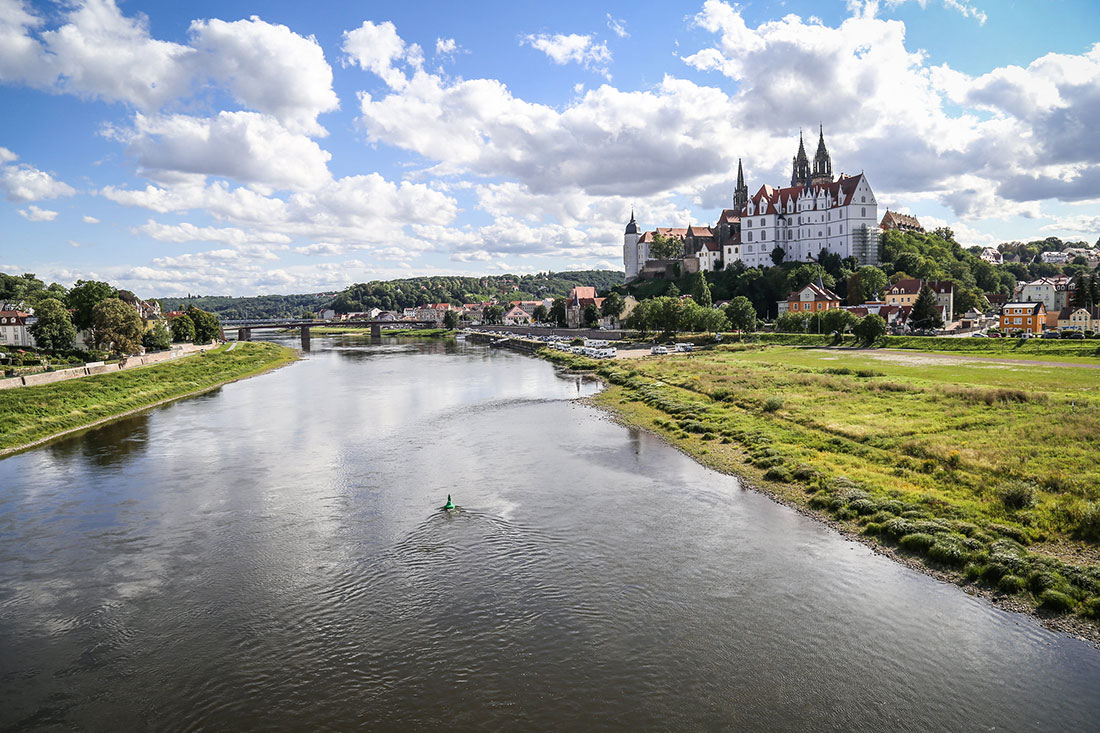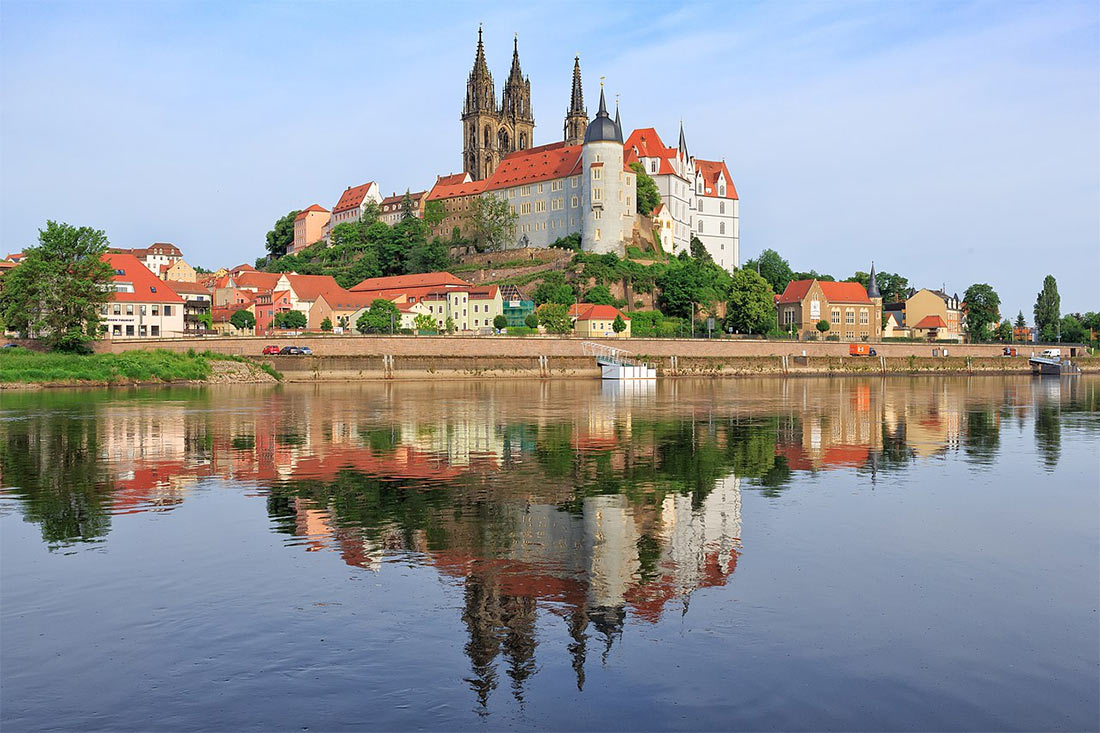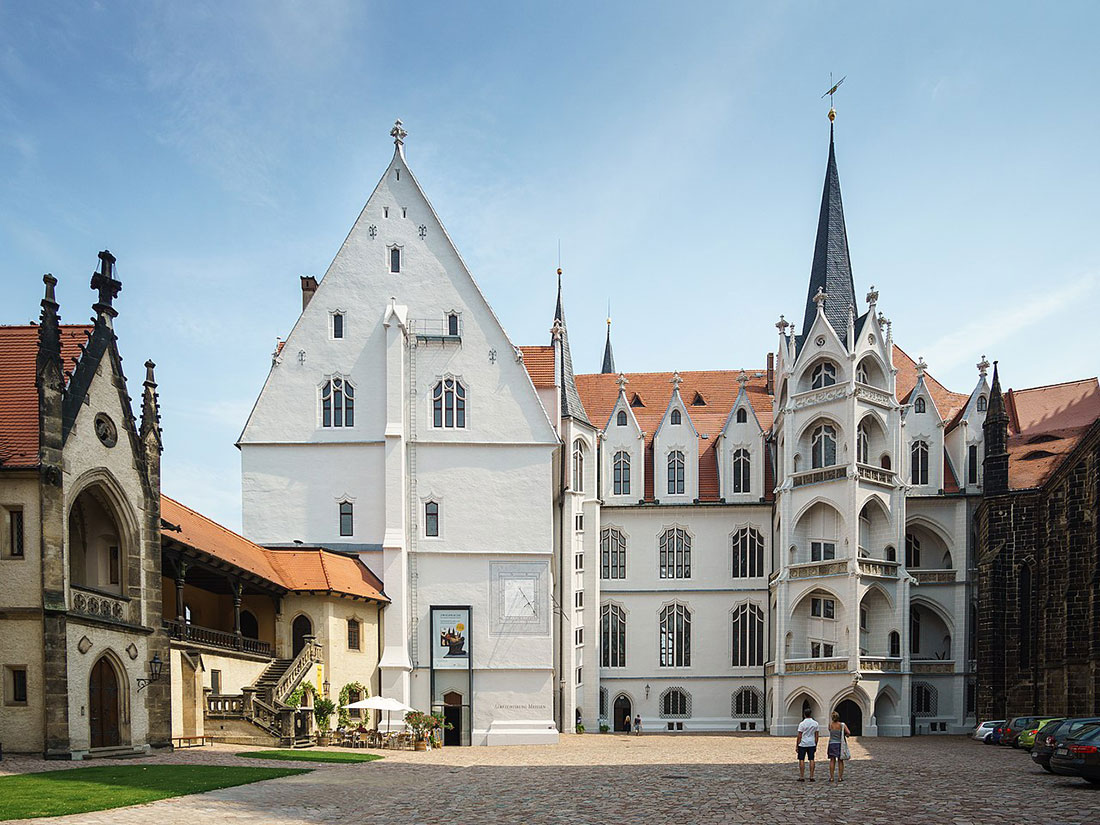Germany is a country of romantic and fairy-tale castles, and nowhere is this more evident than in Saxony. In the region which borders both Czech Republic and Poland, thousands of palaces, castles and fortresses have been protected and decorated for many hundreds of years. Their formidable and majestic facades effectively stand out against the backdrop of beautiful parks and gardens. This is a real paradise for lovers of magnificent architecture and beautiful landscape! We have selected the most interesting and beautiful castles in Saxony that are a must in your bucket list.
Castles in Saxony: Moritzburg Castle
The luxurious 16th-century residence is often referred to as the “pearl of rustic baroque”. This is the perfect option for a day trip from Dresden. Moritzburg Castle is located on an artificial island and is surrounded by forests that were once a popular hunting ground for the nobility. Even its interior decoration is in one way or another associated with hunting and symbolizes luxurious court life.


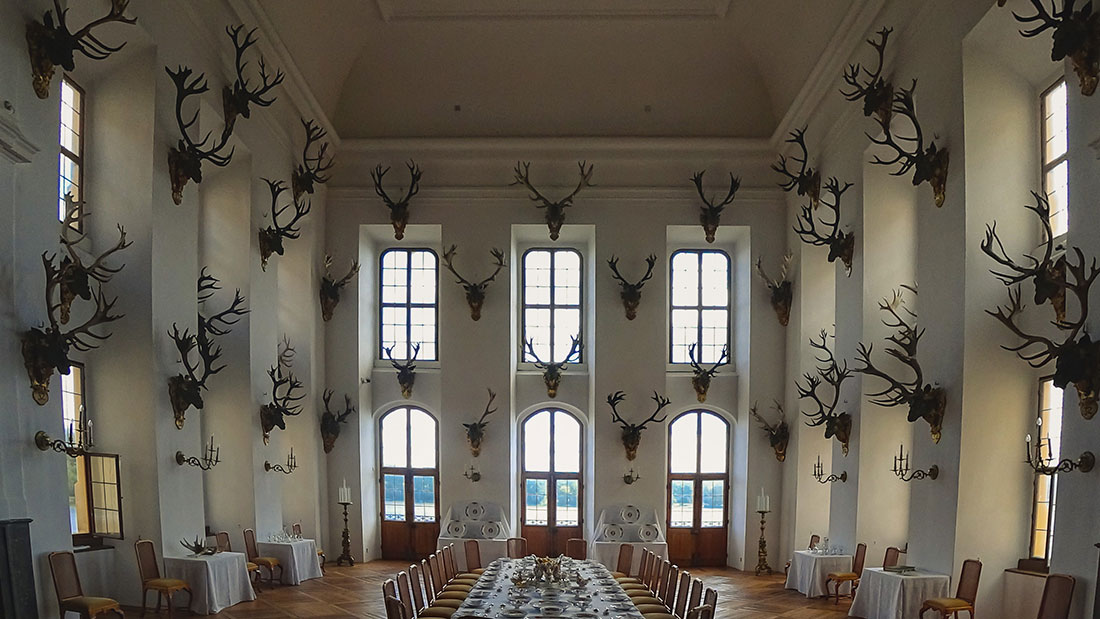
Königstein Fortress
The gray and harsh walls of the Königstein fortress rise high above the river of Elbe. This huge complex is open to the public with exciting exhibitions about the changing history of the fortress. Well, after the lessons of history, a breathtaking view from the powerful ancient walls will become a real gift.


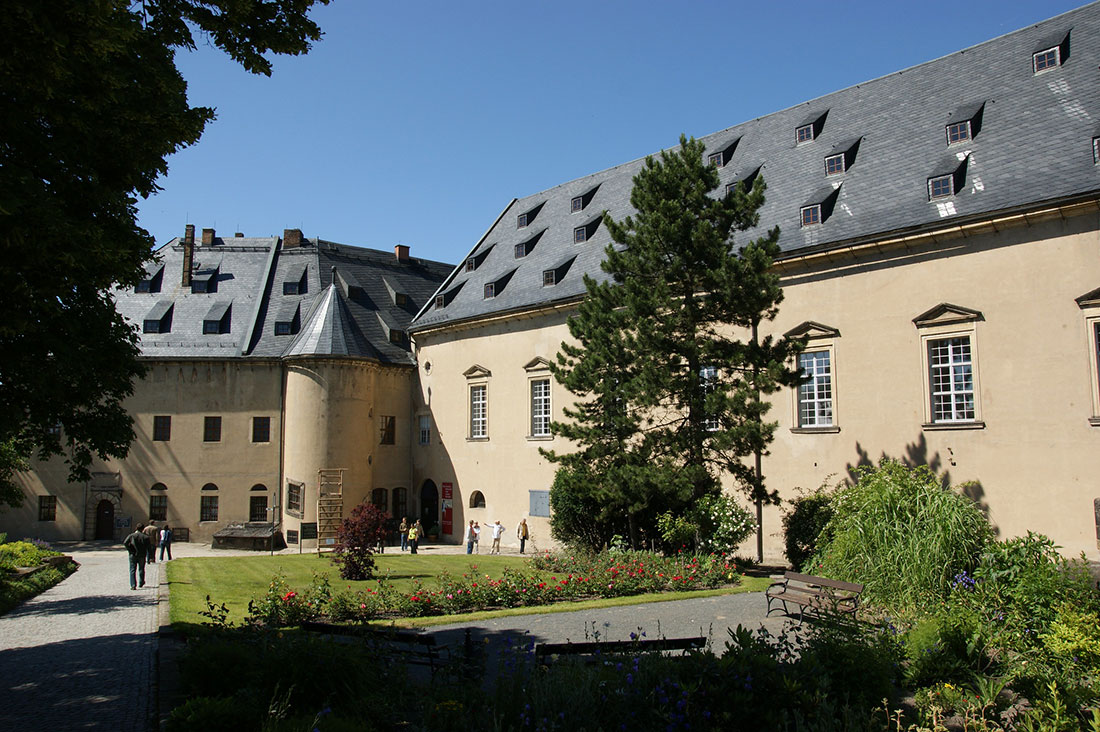
Castles in Saxony: Freudenstein Castle
This Renaissance castle was built in the 16th century on the walls of a 12th century fortress to protect the city of Freiberg and its silver mining operations. Various elements, such as the Romanesque round tower, the carefully preserved Renaissance staircase and vaulted halls, recall a time characterized by armed conflicts and lavish feasts.

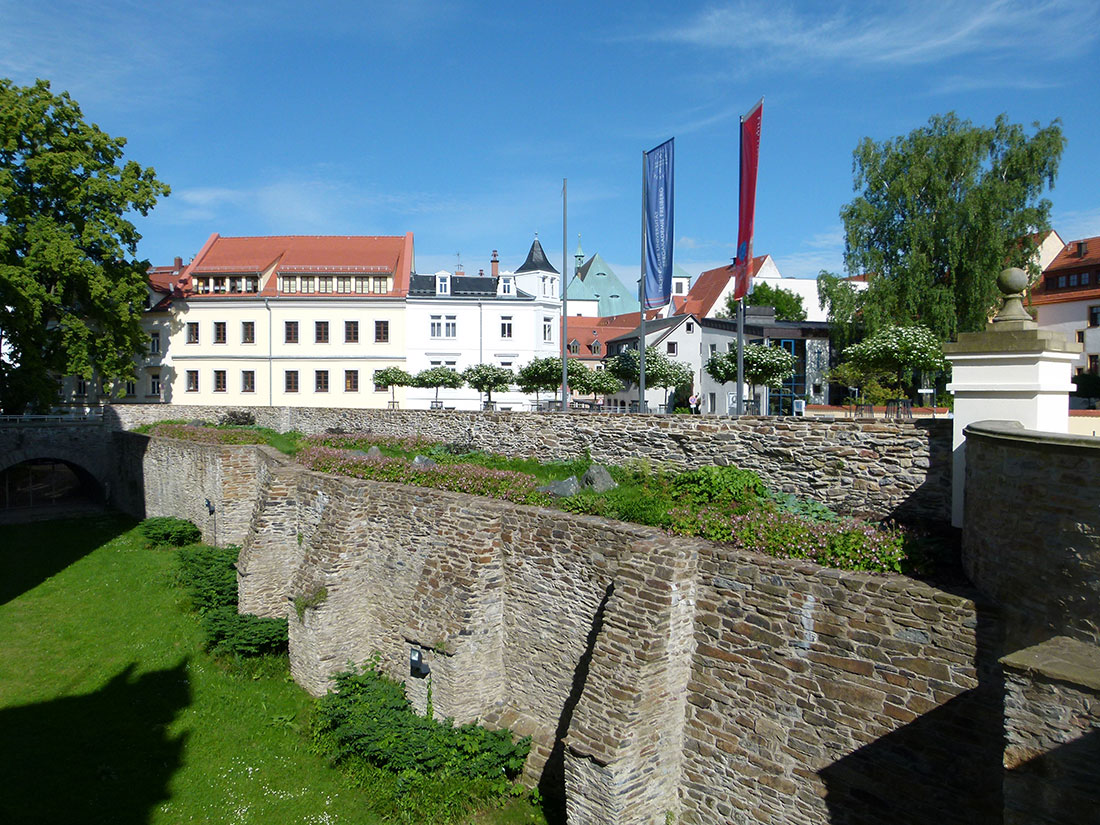
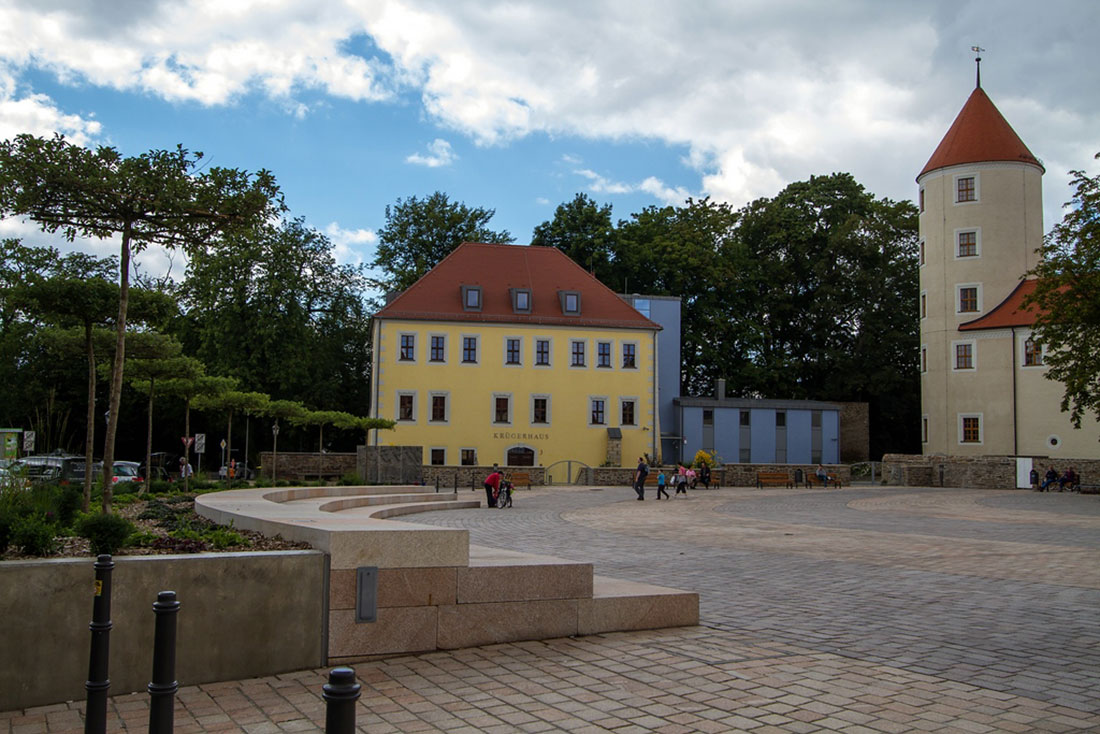
Augustusburg Castle
Augustusburg Castle was built as a hunting and entertainment lodge in the 16th century by order of Augustus, Elector of Saxony. This is one of the most beautiful Renaissance castles in Central Europe. Its museum has several exhibitions dedicated to the history of the castle and hunting traditions, as well as ancient carriages and fauna of the Ore Mountains.

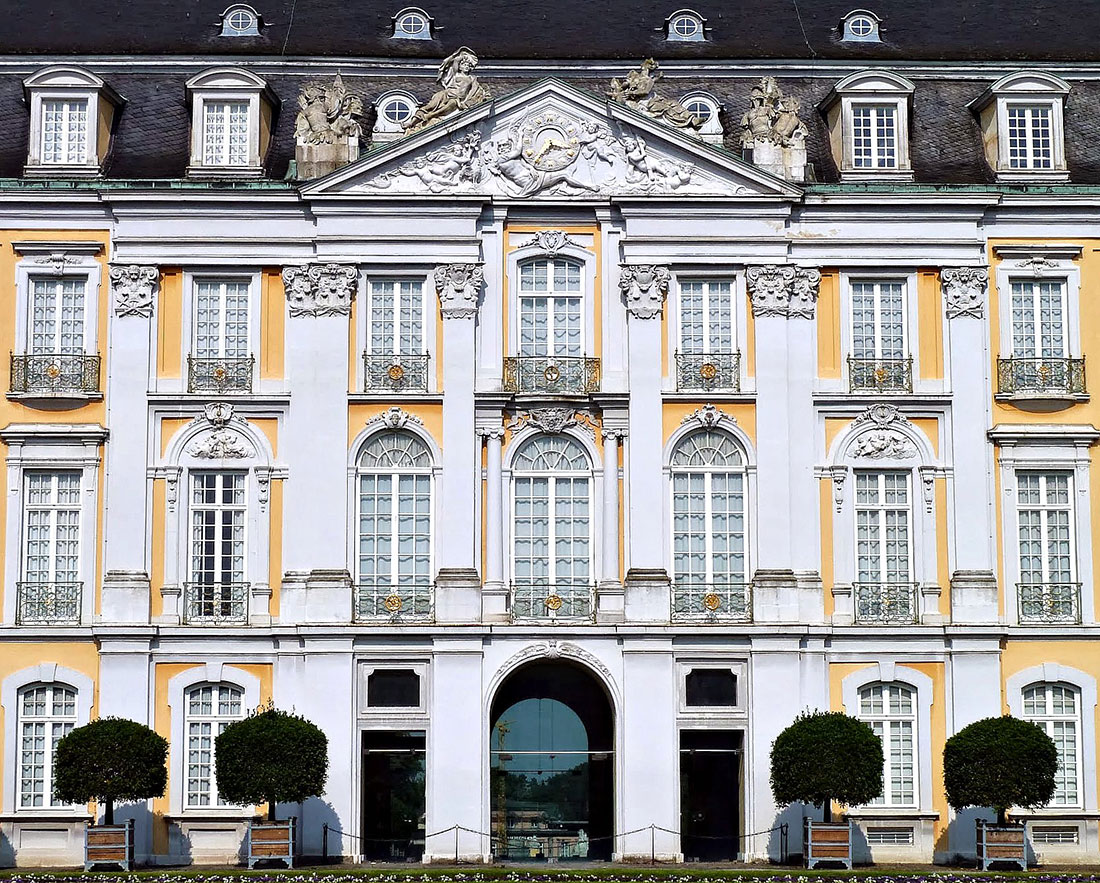
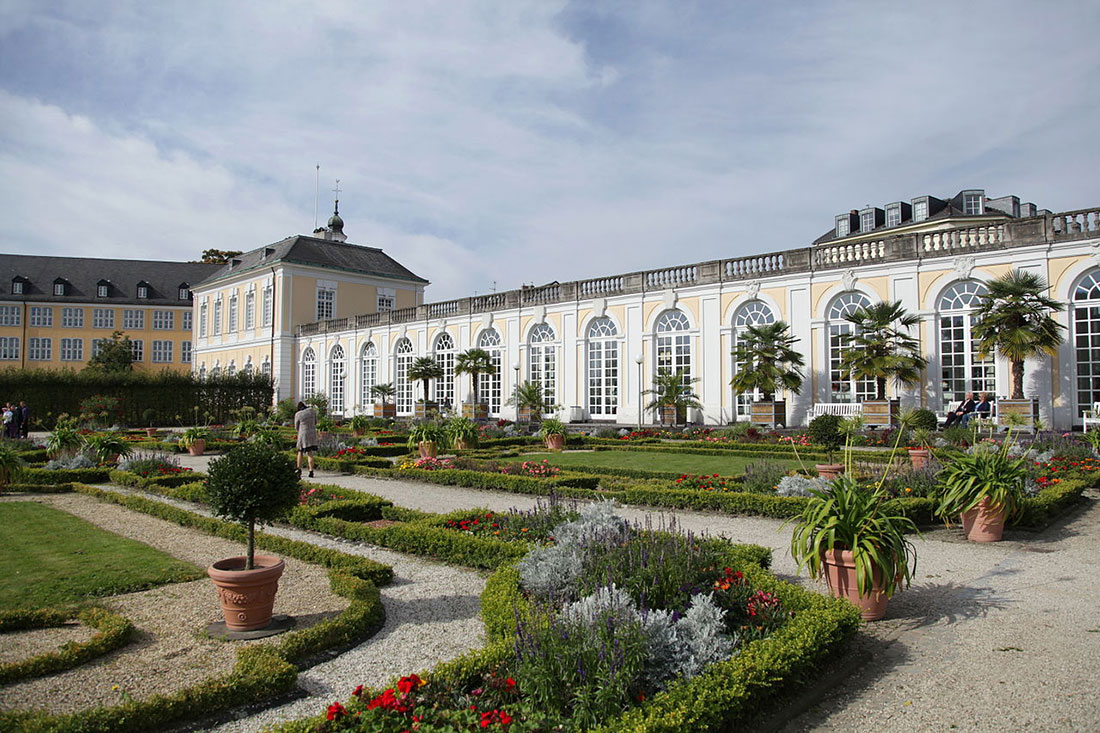
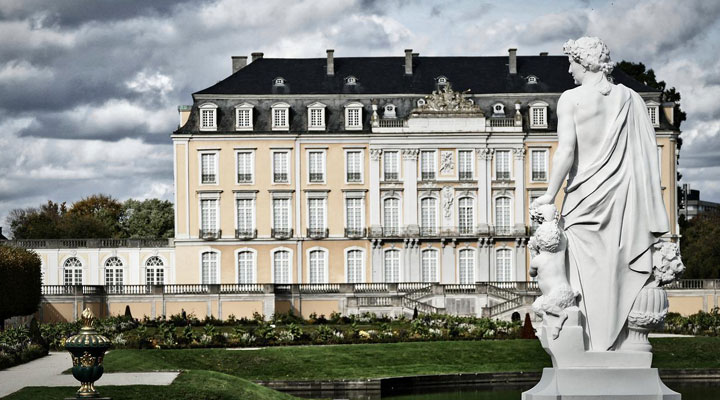 To know more about this place:
To know more about this place:
Augustusburg Castle
Castles in Saxony: Muskau Castle
Muskau Castle is known for its extensive parkland, which is one of the most famous English gardens in Central Europe and is listed as a UNESCO World Heritage Site. The complex of buildings was developed over a long period. The current main building, called the New Palace, was built in the 19th century in the Neo-Renaissance style.

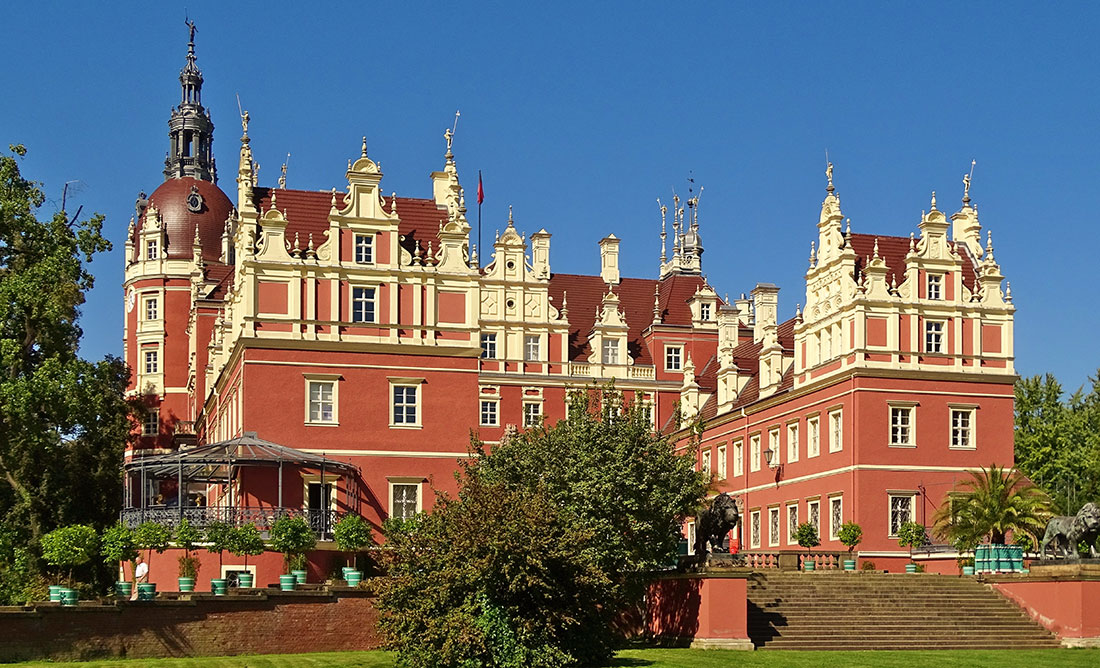

Kriebstein Castle
A true knight’s dream, Kriebstein Castle proudly stands atop a steep cliff in Central Saxony. It was built by order of Dietrich von Beerwalde over 600 years ago. The highlight of the castle is a monumental residential tower with late medieval bartizans and a ridge turret. Late Gothic frescoes can be found in the halls and in the castle chapel. Visitors can also explore the Treasure Vault to discover some of the treasures that were hidden in the chimney until 1986.

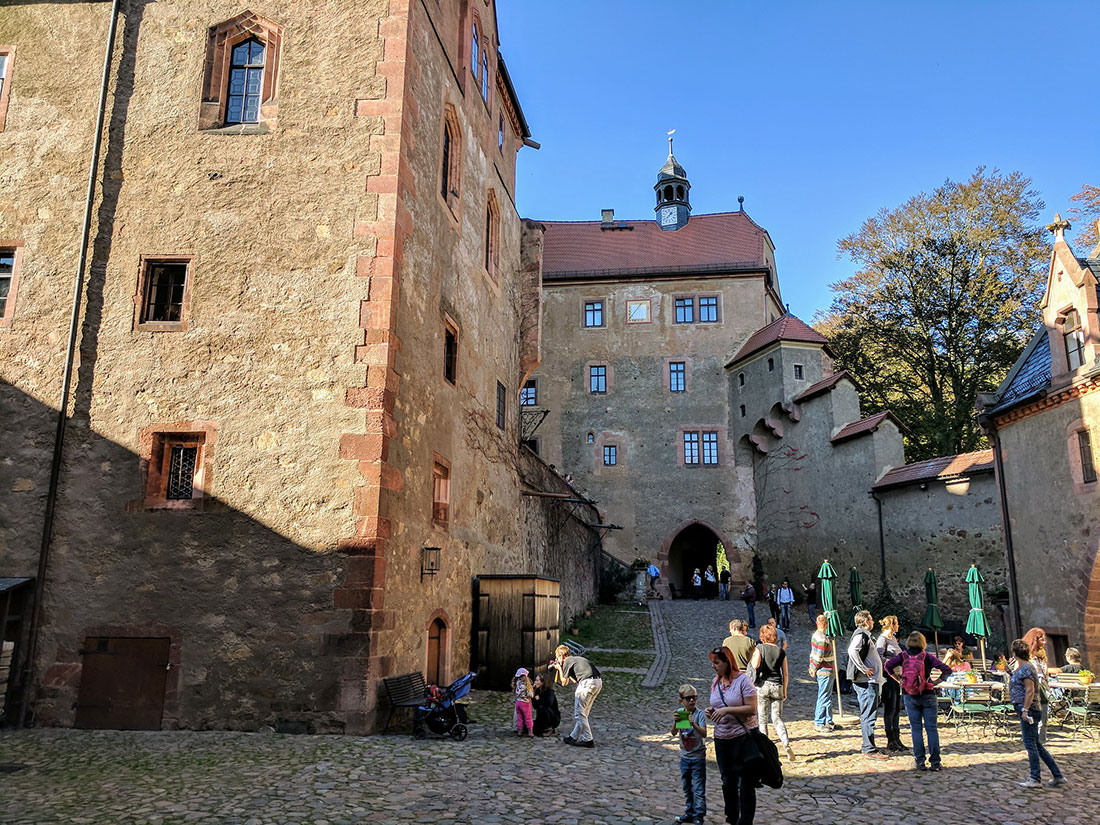
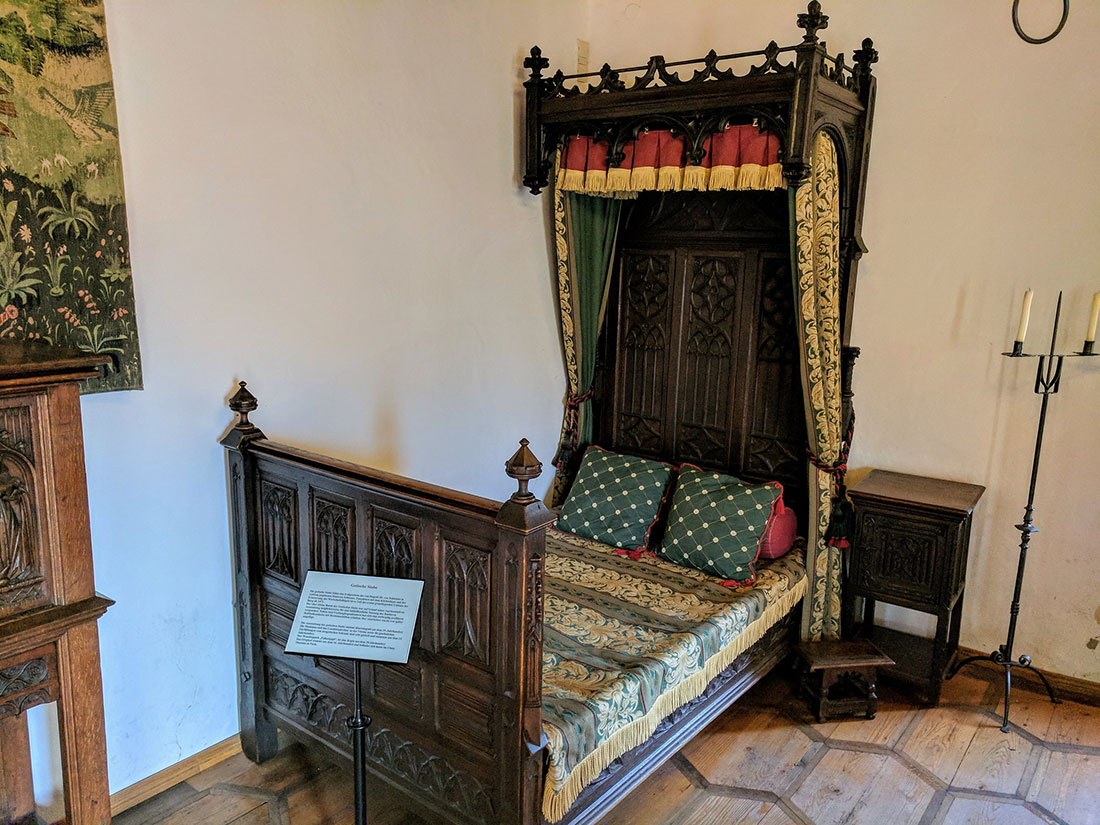
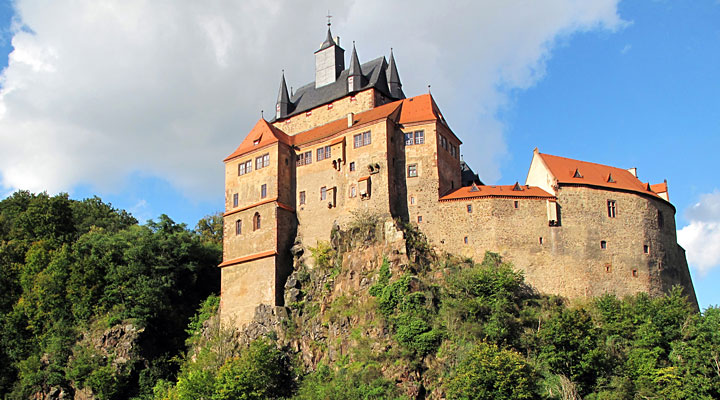 To know more about this place:
To know more about this place:
Kriebstein Castle
Castles in Saxony: Zwinger Palace
The Zwinger was commissioned by Augustus II, King of Poland and Elector of Saxony, as a place for entertainment, tournaments and royal feasts. Its construction was started in 1709 and completed in 1719. Most of the palace’s rooms now house museums and exhibitions. A place of honor among them is occupied by the Dresden porcelain collection, which is one of the largest in the world.

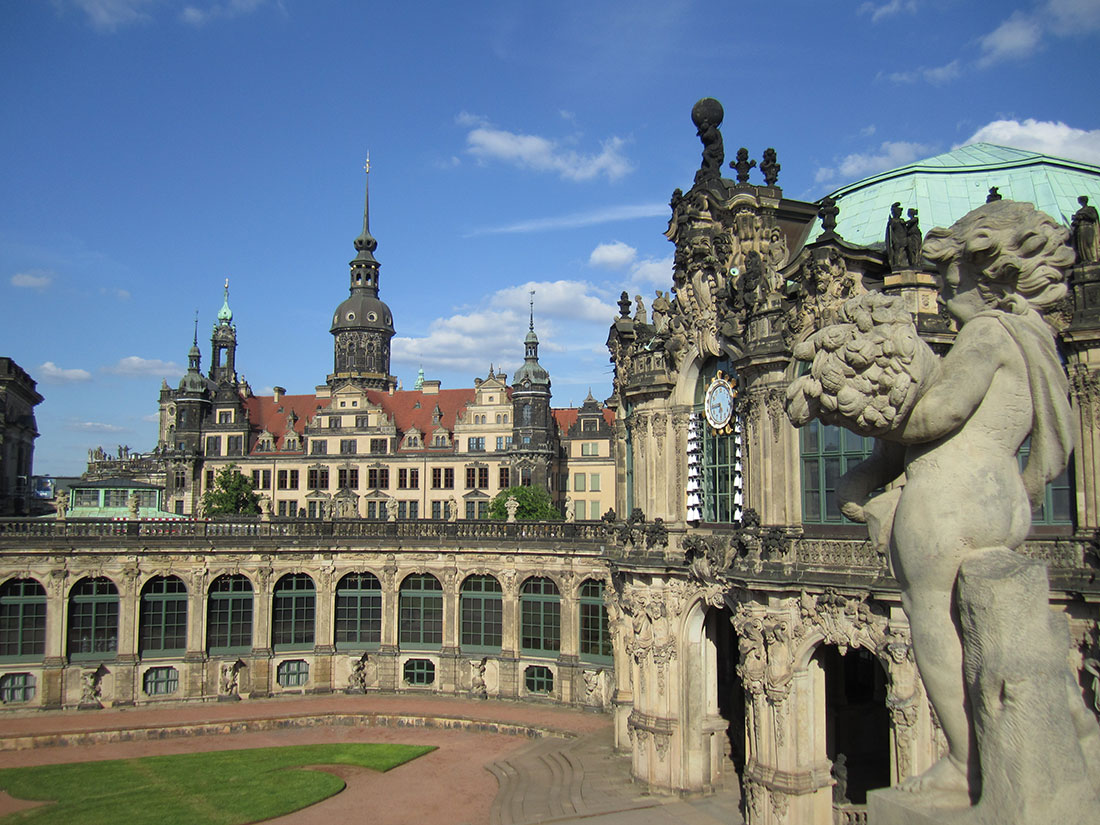
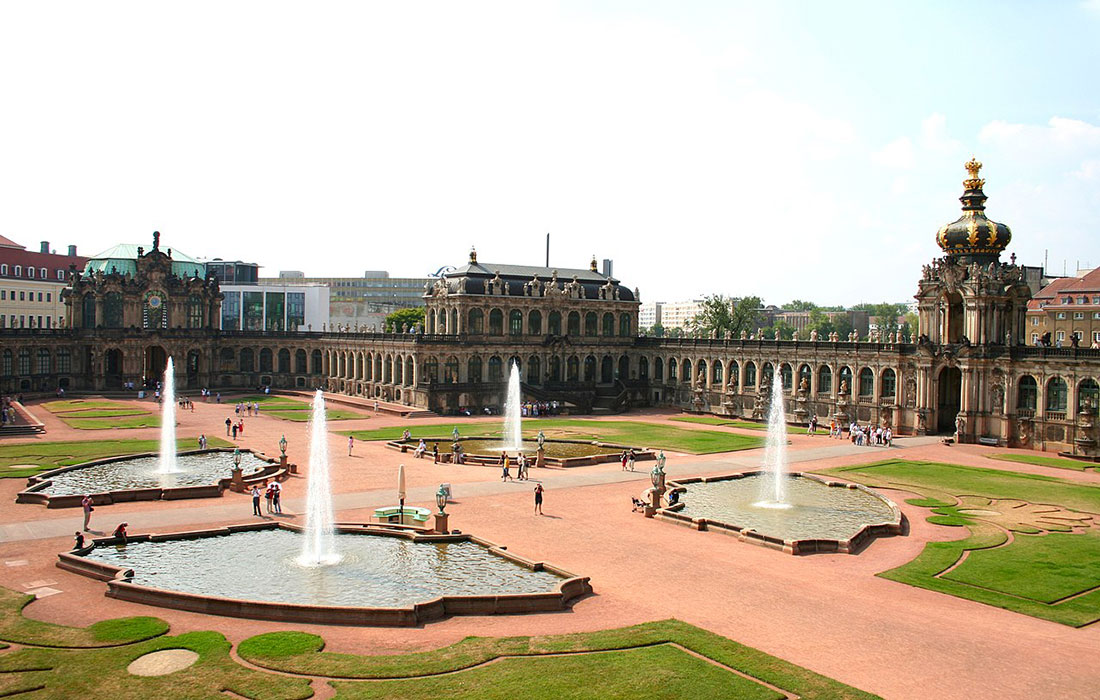
Pillnitz Castle
The castle is located right on the banks of the Elbe, so it is almost impossible not to notice it. From the opposite bank, the graceful bright facade looks especially impressive in the late afternoon. It is the largest chinoiserie-style palace complex in Europe.
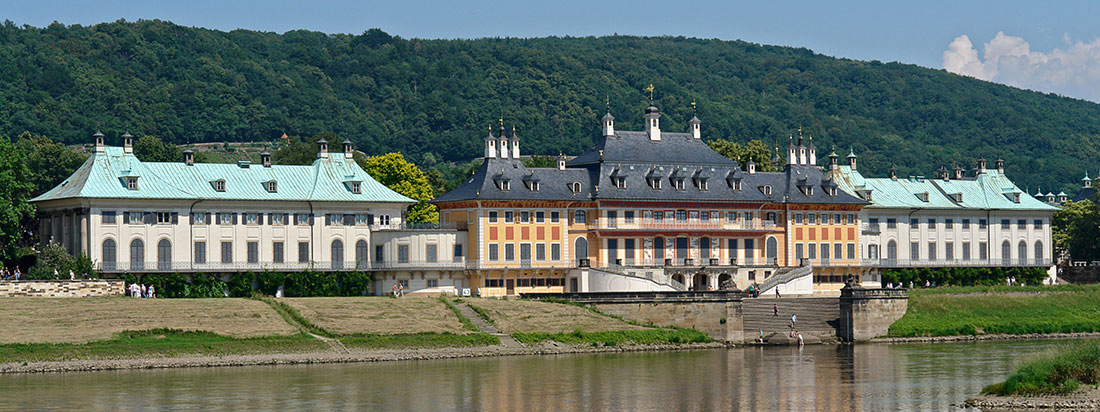
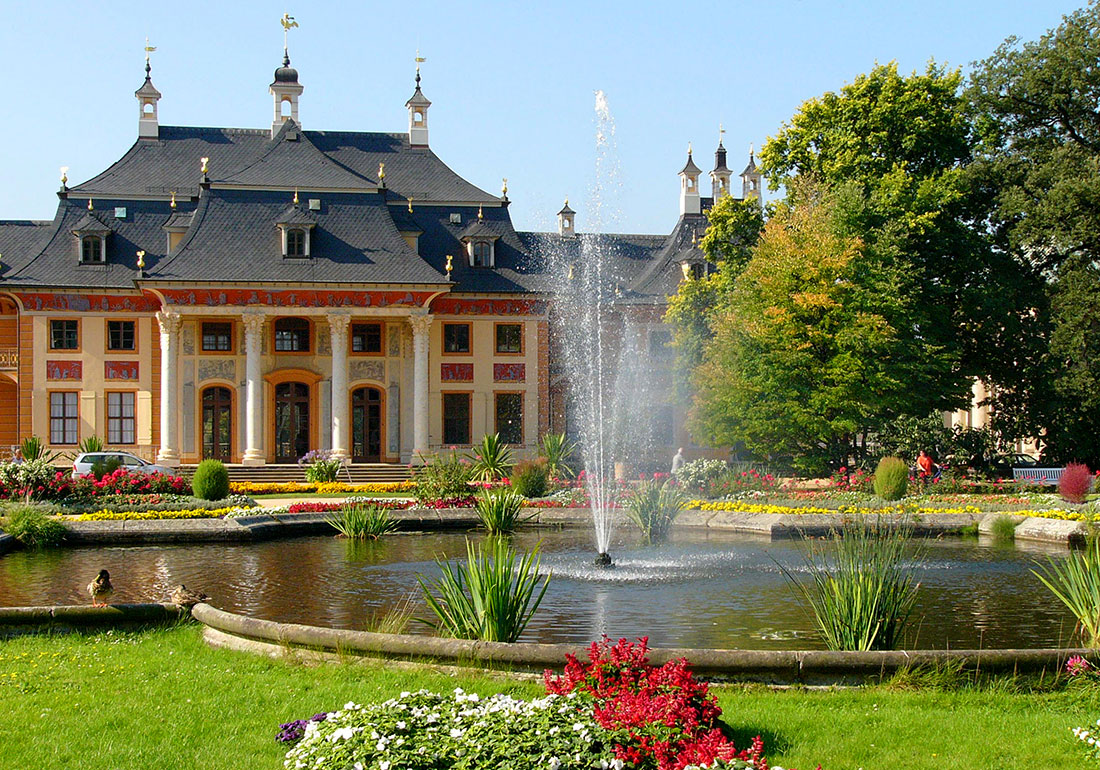
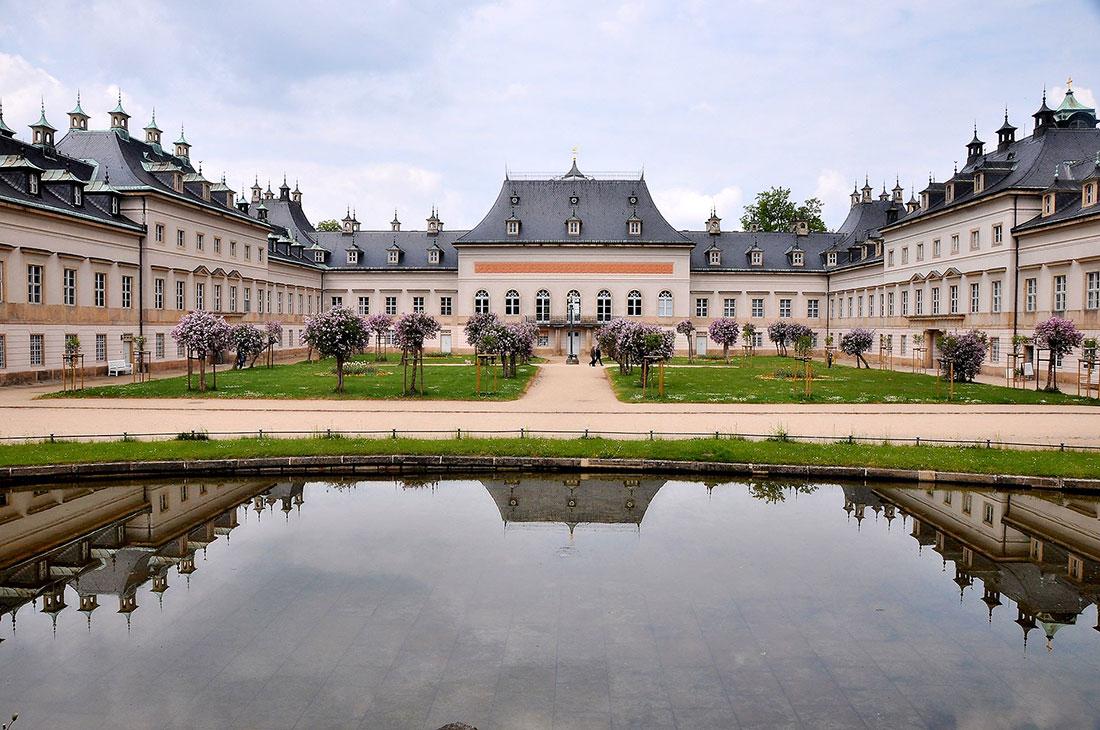
Castles in Saxony: Wildenfels Castle
Wildenfels Castle was built on the walls of an old fortress over 800 years ago. Exquisite ceiling paintings, frescoes and doors testify to its glamorous past. Today, concerts, readings and lectures are held in the old hall with a magnificent Meissen porcelain furnace.

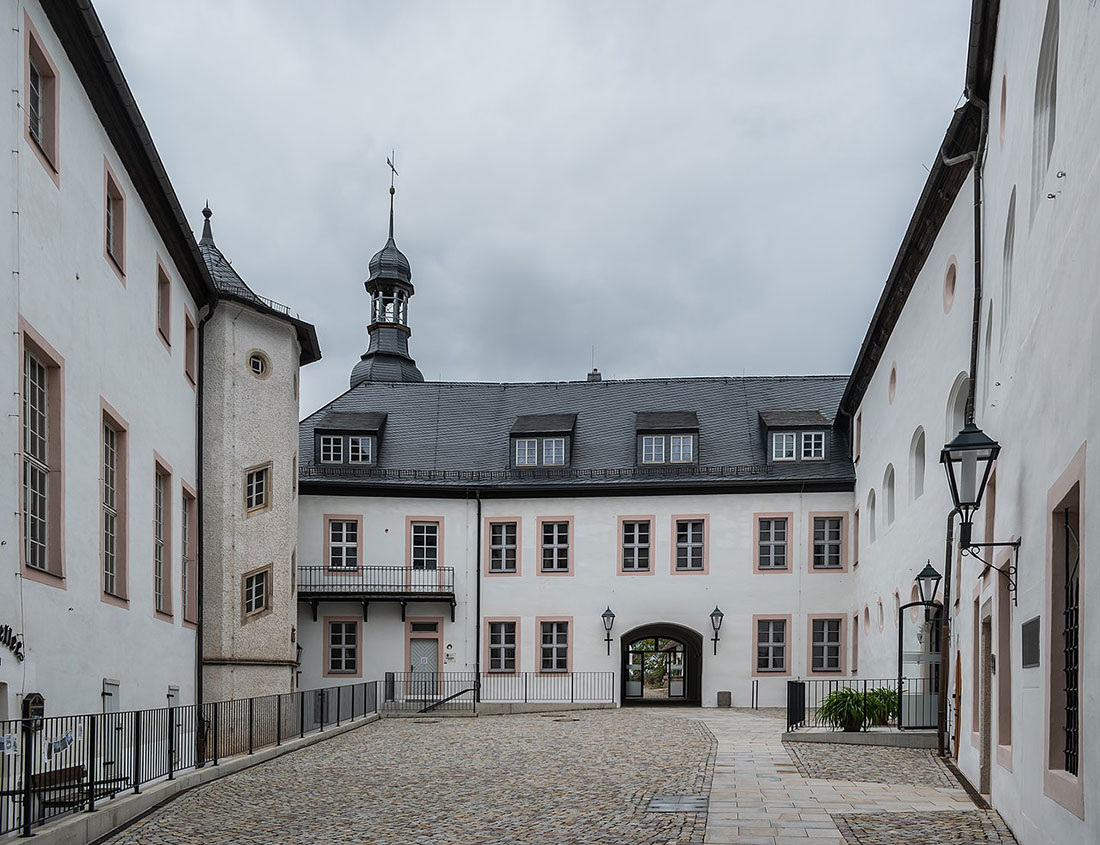
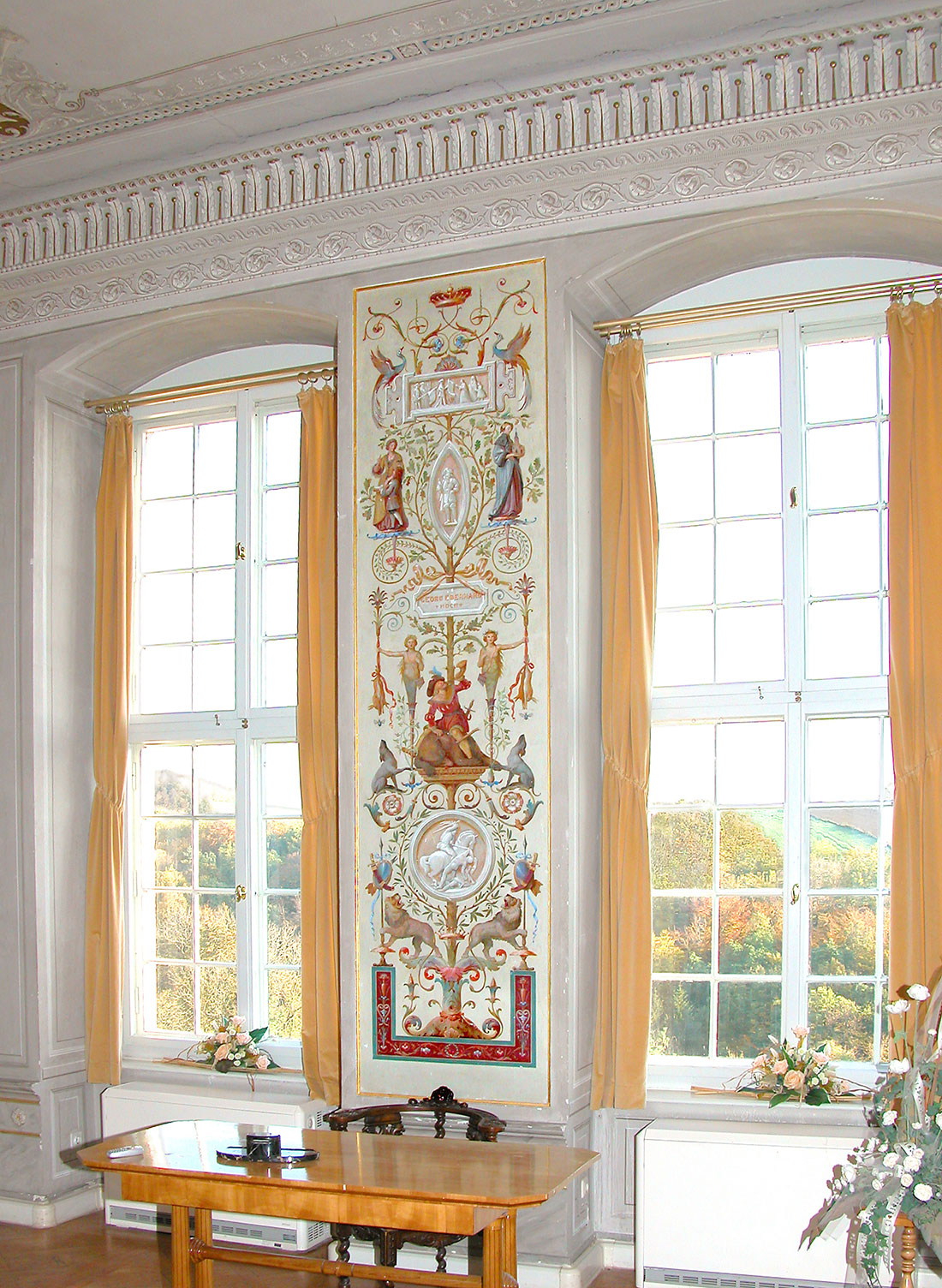
Albrechtsburg Castle
High above the Elbe valley in 929, a wooden (and later stone) fortress was built. Today Albrechtsburg Castle is considered the “Cradle of Saxony”. Arnold of Westphalia turned this structure into Germany’s first castle in 1471. The representative architecture of the building is still an impressive reminder of the power that the former rulers wielded. When in 1710, on the orders of Augustus the Strong, the first European porcelain manufactory moved to the castle, and “white gold” started its triumphal procession from Meissen around the world.
